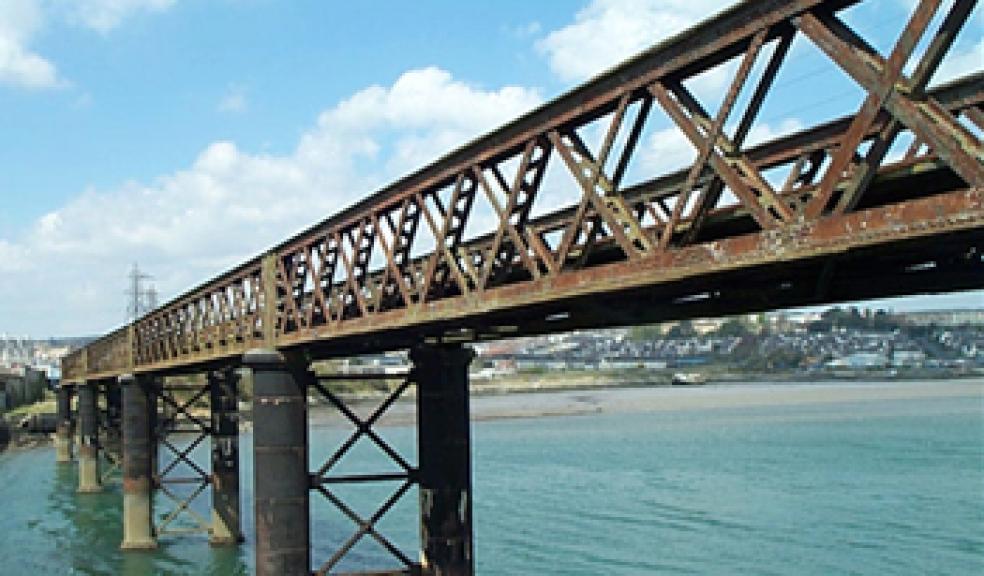
Plans for new pedestrian and cycle scheme on Laira Rail Bridge
Plans for a new pedestrian and cycle scheme on Plymouth’s iconic Laira Rail Bridge have been submitted to the City Council’s planning service.
The scheme, which is part of the three-year ‘Plymotion’ project, will refurbish and convert the disused Laira Rail Bridge to provide a new alternative shared pedestrian and cycle route across the River Plym, to complement the existing route on Laira Road Bridge.
This will link existing walking and cycling facilities running parallel to The Ride, east of the river, with the existing Laira Cycleway immediately west of the river and form part of the existing National Cycle Network (NCN) Route 27.
The scheme, which is being designed and delivered by the Council’s highways contractor Amey, will draw on the £4.33 million provided for the Plymotion project by the Department for Transport’s Local Sustainable Transport Fund.
The Laira Rail Bridge was built in 1887 for both passenger and freight trains. It stopped carrying passenger trains in the 1960s and freight trains in the 1980s. It is believed the last train crossed the bridge in 1987 and since then it has fallen into disrepair.
The pedestrian and cycle scheme will see the rail bridge repaired and refurbished to once again provide a useful transport link for the city. Works will include repairing and strengthening the fabric of the bridge structure and removing old timbers and rail tracks, along with an abandoned gas main.
A new deck and parapets will be installed to accommodate pedestrians and cyclists, including a steel access ramp at the eastern end of the bridge and a new length of cycleway linking the bridge to the existing Laira cycleway at the western end. Lighting will also be installed along the length of the bridge and cycleway ramp.
The planning application can be viewed online at www.plymouth.gov.uk/planningonline - the reference is 13/01008/FUL.
It is anticipated that planning permission will be received in the summer and detailed design of the scheme will be completed by the end of September. Works are expected to start in November and finish at the end of 2014. The majority of the works will take place off-road, away from busy traffic routes, so there should be minimal disruption to the highways network.













